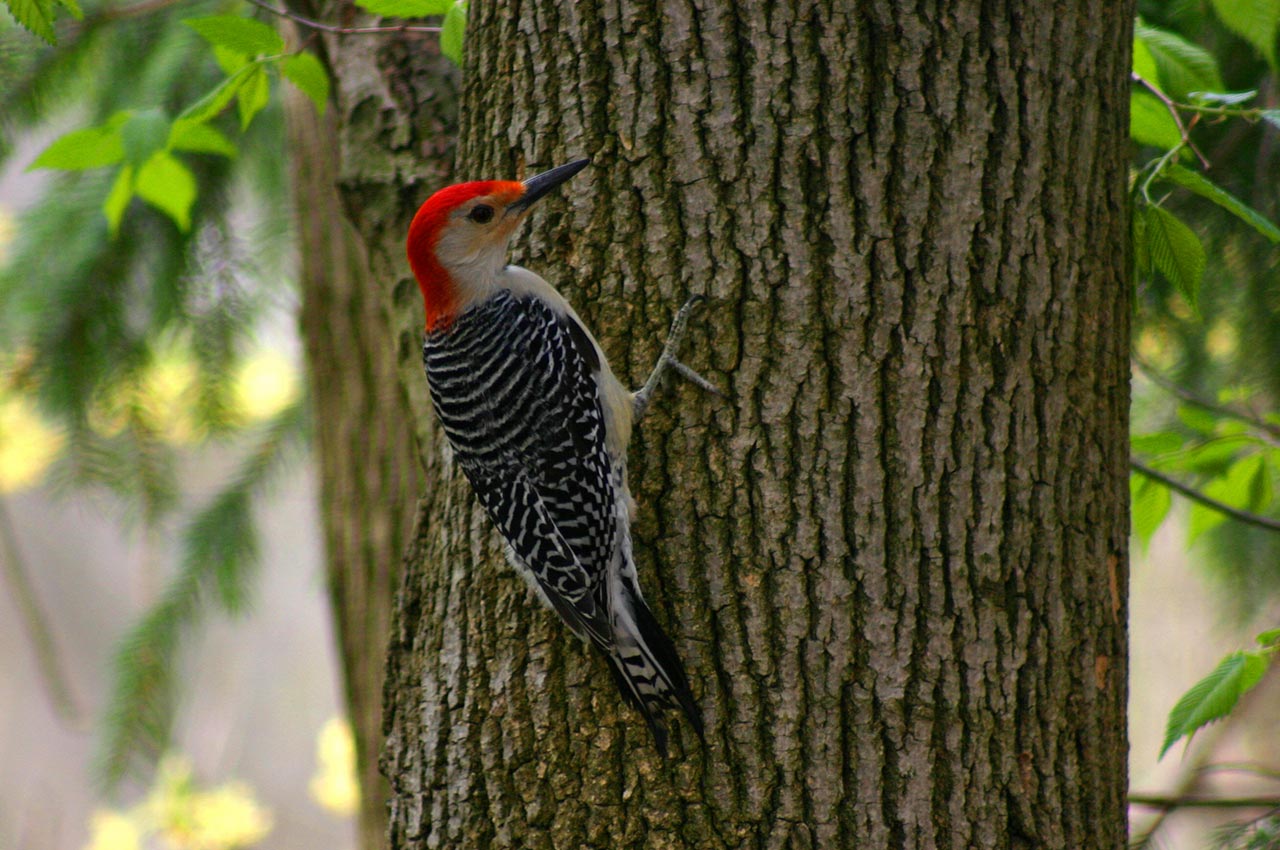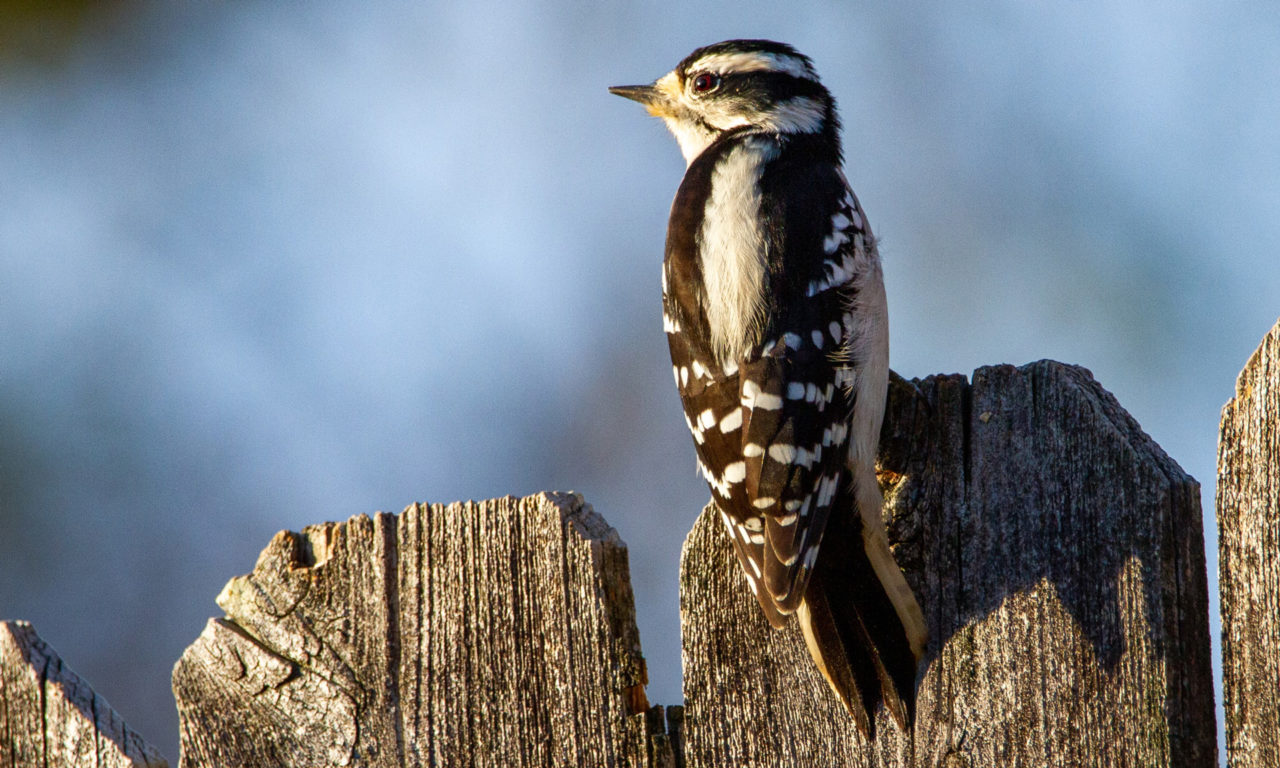Encountering Woodpeckers in Florida Variety: Environments and Actions
Encountering Woodpeckers in Florida Variety: Environments and Actions
Blog Article
Revealing the Tricks of Woodpeckers: Behavior, Habitat, and A Lot More
Woodpeckers, with their special actions and specialized adaptations, have actually long captivated researchers and nature fanatics alike. These impressive birds possess a range of fascinating tricks that clarified their survival techniques, environment preferences, and elaborate interaction methods. By uncovering the mysteries surrounding woodpeckers' actions and habitat options, a much deeper understanding of these bird wonders arises, offering a peek right into their remarkable globe. What makes these birds truly remarkable, and exactly how do they navigate their atmosphere with such accuracy and skill? Let's check out the exciting world of woodpeckers and decipher the enigmatic details that make them such fascinating subjects of research.
Woodpecker Behavior Insights
In analyzing woodpecker behavior, a remarkable screen of specialized abilities and adjustments emerges, dropping light on their amazing ecological particular niche. Woodpeckers, understood for their unique drumming on trees, have a range of behavioral attributes that add to their survival and success in their atmosphere.
In addition, woodpeckers show an one-of-a-kind feeding behavior identified by their ability to remove bugs from tree bark utilizing their specialized beaks. Their long, barbed tongues aid in catching prey, while their solid neck muscular tissues supply security and precision during pecking activities. This feeding method enables woodpeckers to access surprise insect larvae and extract them with impressive effectiveness.
Habitat Preferences and Choice
What elements influence the environment preferences and choice of woodpeckers? Woodpeckers are highly versatile birds known to live in various settings worldwide. They do exhibit preferences for particular environment characteristics. One critical element influencing woodpecker environment selection is the schedule of suitable nesting sites. Woodpeckers typically choose woodlands with a mix of mature trees that offer adequate opportunities for tooth cavity excavation. These dental caries offer as essential nesting and roosting sites for woodpeckers and are necessary for their breeding success.
Furthermore, woodpeckers reveal a choice for environments with a bountiful supply of food resources. They are largely insectivorous, feeding on beetles, ants, larvae, and other bugs located in rotting wood or tree bark. Consequently, woodpeckers often tend to prefer woody locations with a varied insect populace to fulfill their nutritional requirements.
Additionally, the existence of dead or decaying trees is another essential consider woodpecker habitat selection. These trees not just give food resources yet additionally use appropriate substratum for cavity excavation. Dead trees are important for the maintenance of healthy woodpecker populaces, as they play an important role in the woodpeckers' life cycle and ecological community characteristics.
Feeding Habits and Diet Plan Structure
Woodpeckers show a specialized feeding behavior focused on foraging for pests within various habitats. In enhancement to insects, woodpeckers also eat tree sap, fruits, nuts, and seeds, including variety to their diet plan depending on the season and availability of food sources.
The foraging strategies of woodpeckers are well-adapted to their arboreal lifestyle (Woodpeckers in Florida). Their ability to excavate wood not only offers them with food however likewise assists in producing nesting tooth cavities and developing areas. Woodpeckers play a crucial role in keeping the wellness of woodlands by regulating insect populaces and assisting in the disintegration of timber. Recognizing their feeding habits and diet composition is important for conservation efforts targeted at maintaining these distinct and valuable birds.
Drumming Seems and Communication
Utilizing fast drumming noises on different surface areas, woodpeckers use a distinct form of interaction to indicate area limits and draw in mates. This drumming behavior is not just a method of interaction however likewise acts as a way for woodpeckers to establish their presence within a particular location. The strength, rate, and pattern of the drumming can convey important details to various Recommended Reading other woodpeckers around.
Woodpeckers use drumming audios to introduce their presence in a region and to alert off prospective trespassers. The loud and repetitive nature of the drumming functions as a clear signal to other woodpeckers that the area is currently asserted. This assists in minimizing problems and decreasing physical conflicts in between people.

Survival Adaptations and Specialized Anatomy

Conclusion
Finally, woodpeckers exhibit one-of-a-kind habits, such as drumming sounds for interaction, and have actually specialized anatomy for survival in their picked environments. Their feeding practices and diet make-up additionally demonstrate their flexibility to different environments. By understanding these facets of woodpeckers, researchers and guardians can better shield and protect these fascinating birds and their ecosystems.
Report this page